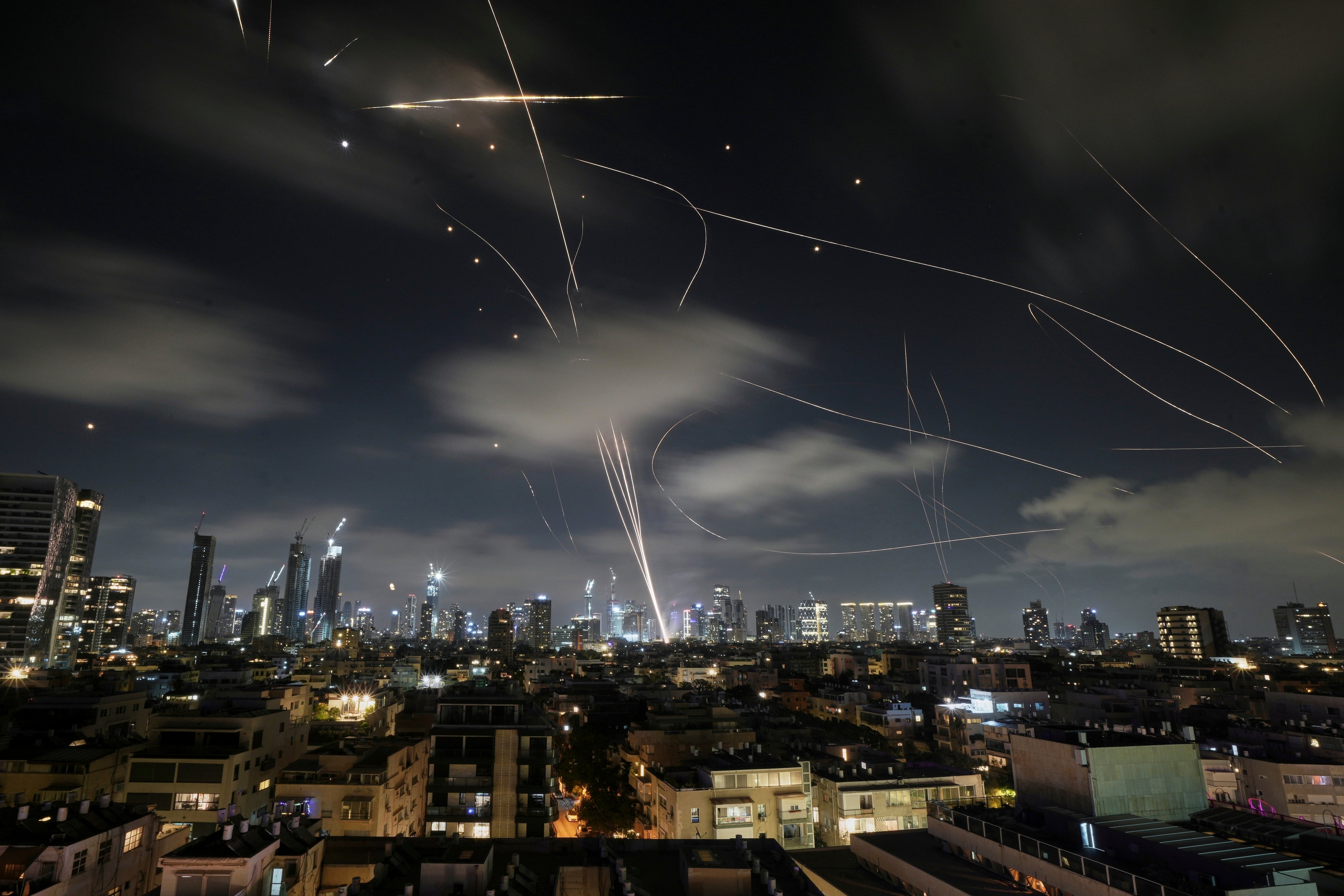Editor’s note: This article on Army budget proposals that support joint war fighting is part of a story package about what the Pentagon wants to spend on its signature strategy to win future conflicts, called Joint All-Domain Command and Control.
Pentagon budget: What the budget reveals — and leaves unclear — about the cost of JADC2 | Air Force budget: Congress dealt ABMS a blow, but experts see progress | Navy budget: Classified Navy JADC2 budget plan has a few spending hints
WASHINGTON — While the Army slashed its overall budget request $5 billion, the service asked for an increase of about $1.8 billion for modernization efforts, a priority that it noted will “enable our forces to effectively fight and win in Joint All Domain Operations.”
In the midst of cuts, the team upgrading the service’s tactical network would receive a $537 million boost to build the backbone of resilient battlefield data transfer.
The boosts represent significant emphasis on the battlefield of the future as the service pivots to fights where war-fighting systems are interconnected via the tactical network, a concept the service tests at its annual Project Convergence event. According to a top acquisition official, the increase signals how the Army views its network as critical to Joint All-Domain Command and Control.
“Clearly, to the Army [and] to senior leaders, the network and all it can potentially provide is still a top priority,” said Doug Bush, acting assistant secretary of the Army for acquisition, logistics and technology.
Analysts, such as Andrew Hunter, a senior fellow at the Center for Strategic and International Studies, agreed the Army’s budget plan shows it is taking JADC2 seriously.
“The Army in general put real money into networking in its budget request for FY22. Given that overall money for R&D and procurement is down, it’s notable that they’re prioritizing investing in command and control and networking,” Hunter said.
The Army contributes to the joint war-fighting concept through Project Convergence, an annual event in the Yuma, Ariz., desert where the service tries to connect sensors from air, land and on orbit with emerging networks. The goal is to process data with artificial intelligence to automatically target potential threats and fire from beyond line-of-sight at blazing speeds.
The event, which doesn’t have a dedicated budget line, incorporates work from the Army’s eight cross-functional teams dedicated to updating the service.
In a late May budget preview, Army officials told reporters it wants $106.8 million for its Project Convergence demonstration, including $33.7 million for operations and maintenance and $73.1 million dedicated to research, development testing and evaluation.
The RDT&E proposal showed the Army wants to spend millions on AI-enabled target recognition, data management, SATCOM and autonomy, among other futuristic technologies.
The service’s investment in the Network CFT is important because it touches all the systems under development in other modernization areas. Without it, new systems for soldiers couldn’t communicate with each other.
“One of the key things that the Network CFT’s going to do over time, is how we integrate these capabilities across all the modernization efforts because there’s not one that’s not interdependent of the network,” Col. Rob Ryan, acting director of the Network CFT, said at recent event.
Hunter said the proposed investment will benefit Army JADC2 contributions.
“Overall, they’ve [the Army] clearly prioritized investing in the network, and that’s going to likely be a very good thing for the development of an Army contribution to JADC2 down the road,” Hunter said.
RELATED

Andrew Eversden covers all things defense technology for C4ISRNET. He previously reported on federal IT and cybersecurity for Federal Times and Fifth Domain, and worked as a congressional reporting fellow for the Texas Tribune. He was also a Washington intern for the Durango Herald. Andrew is a graduate of American University.









